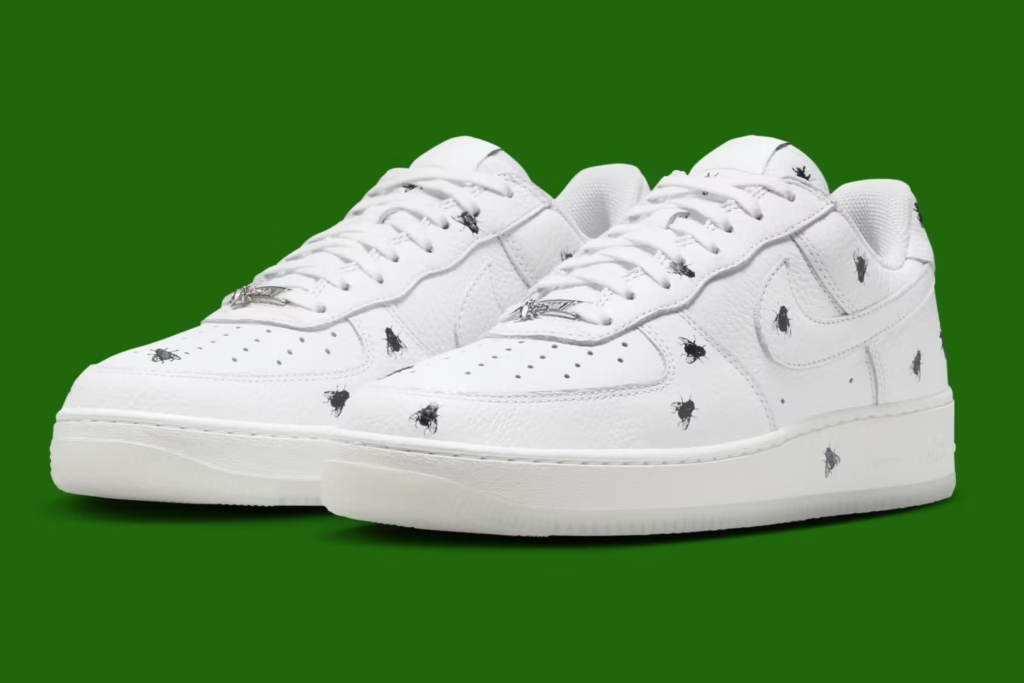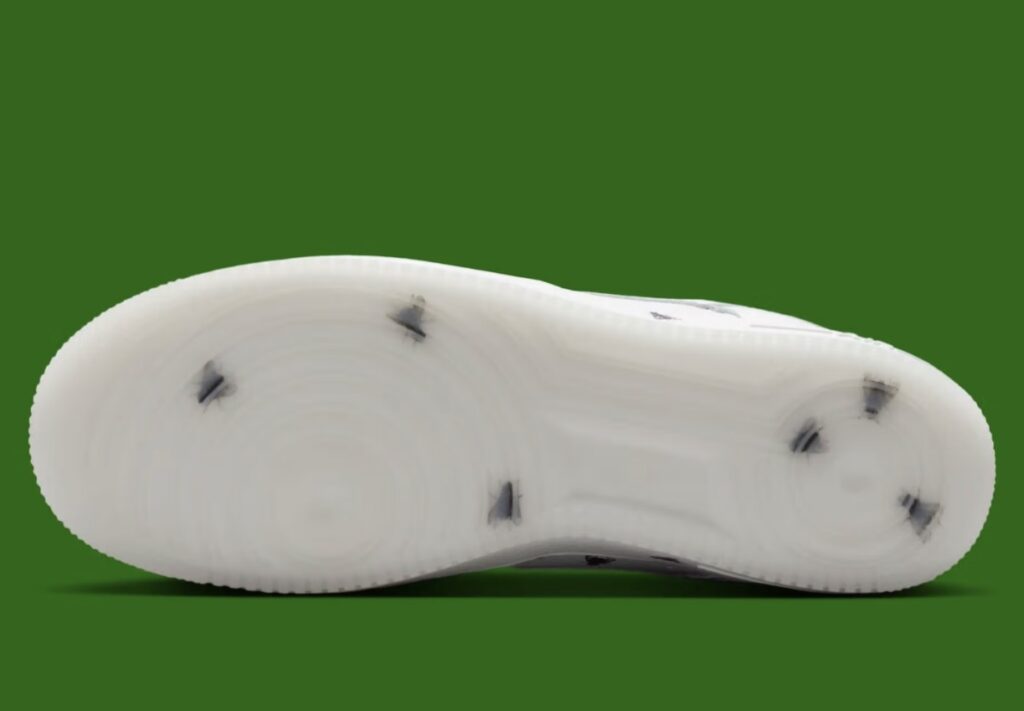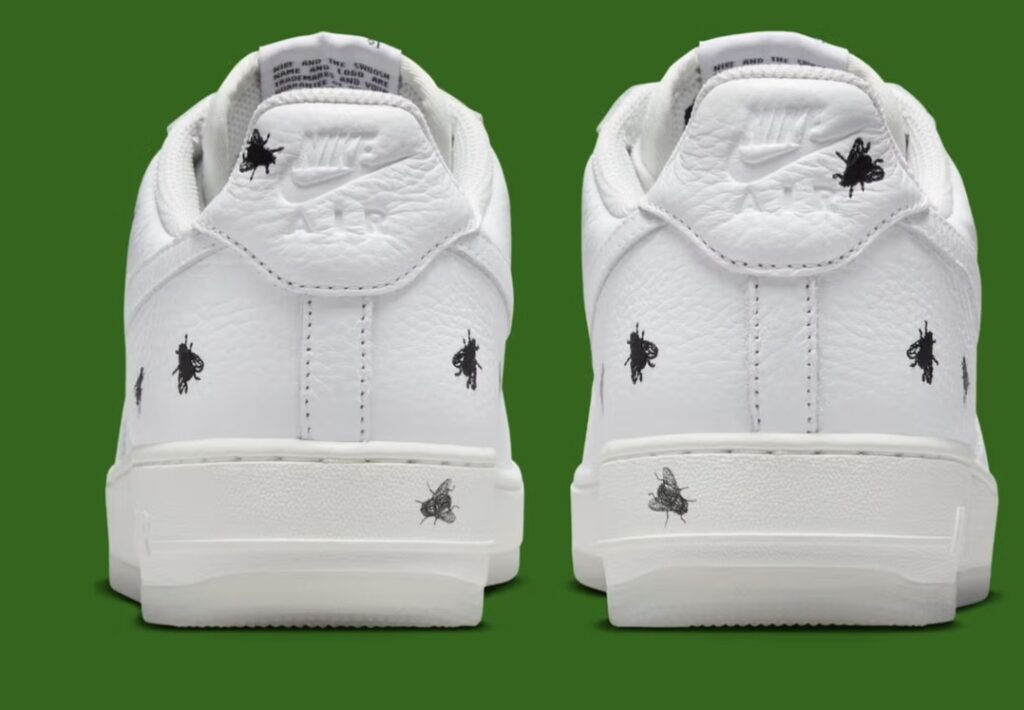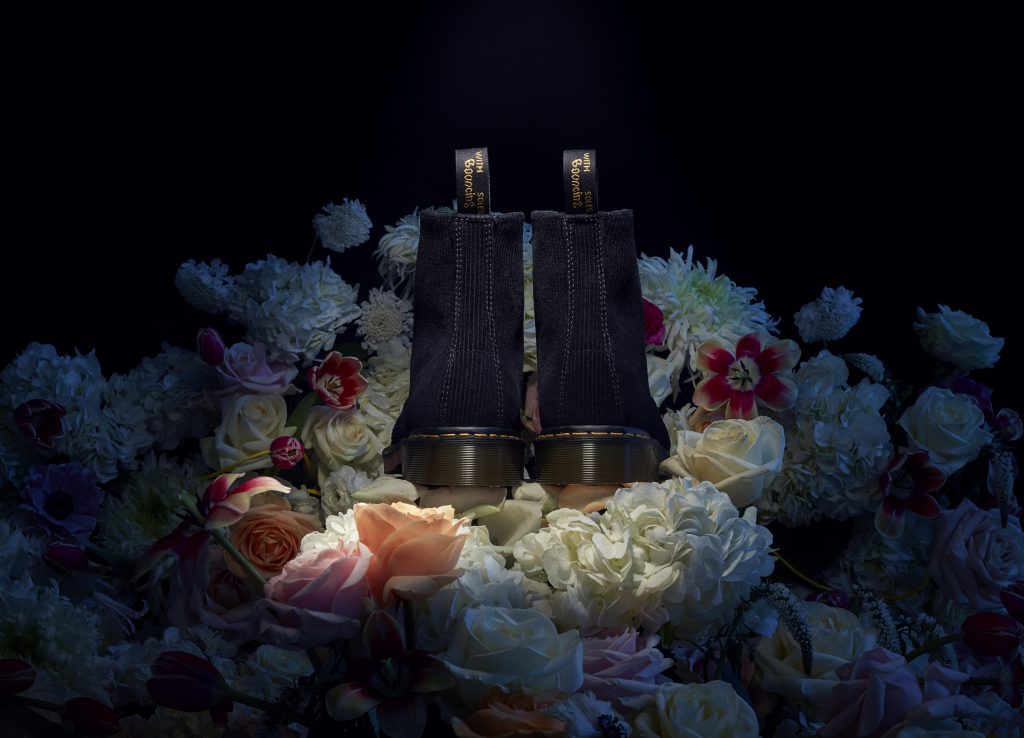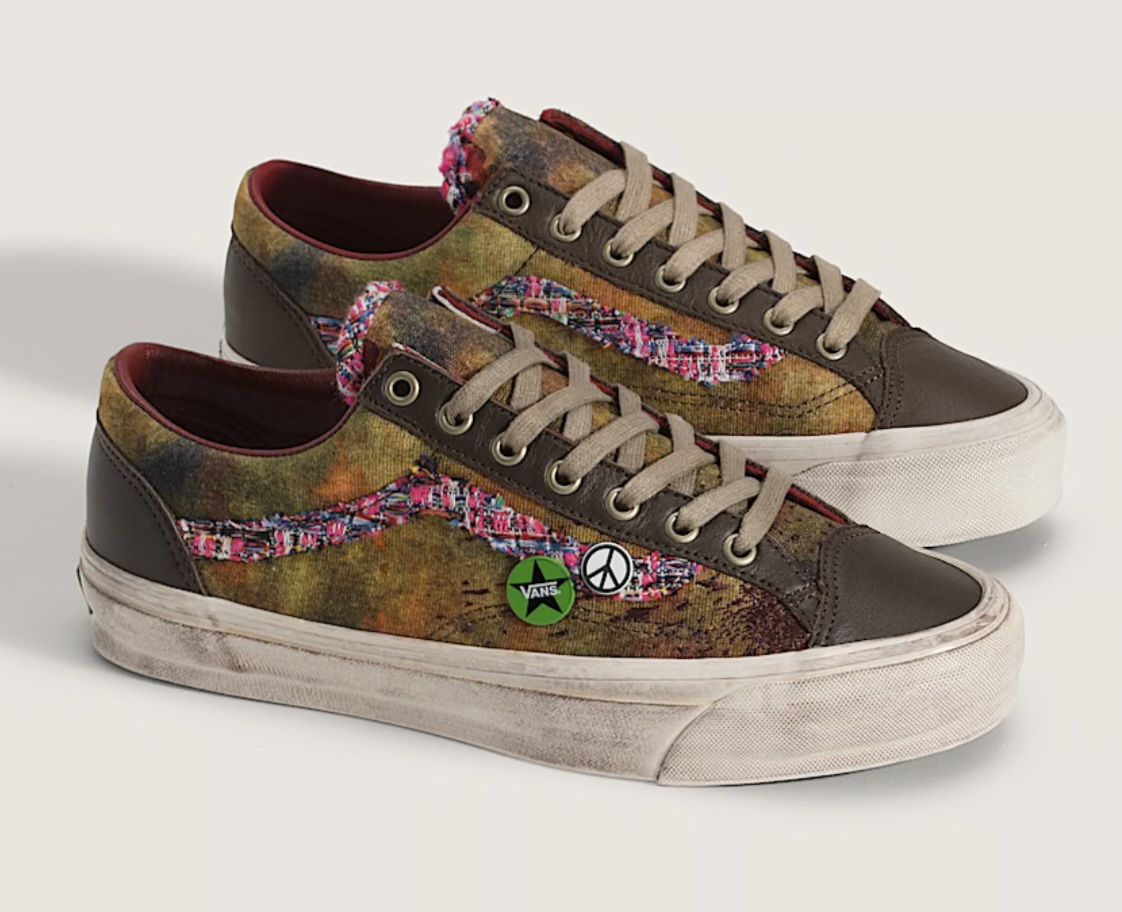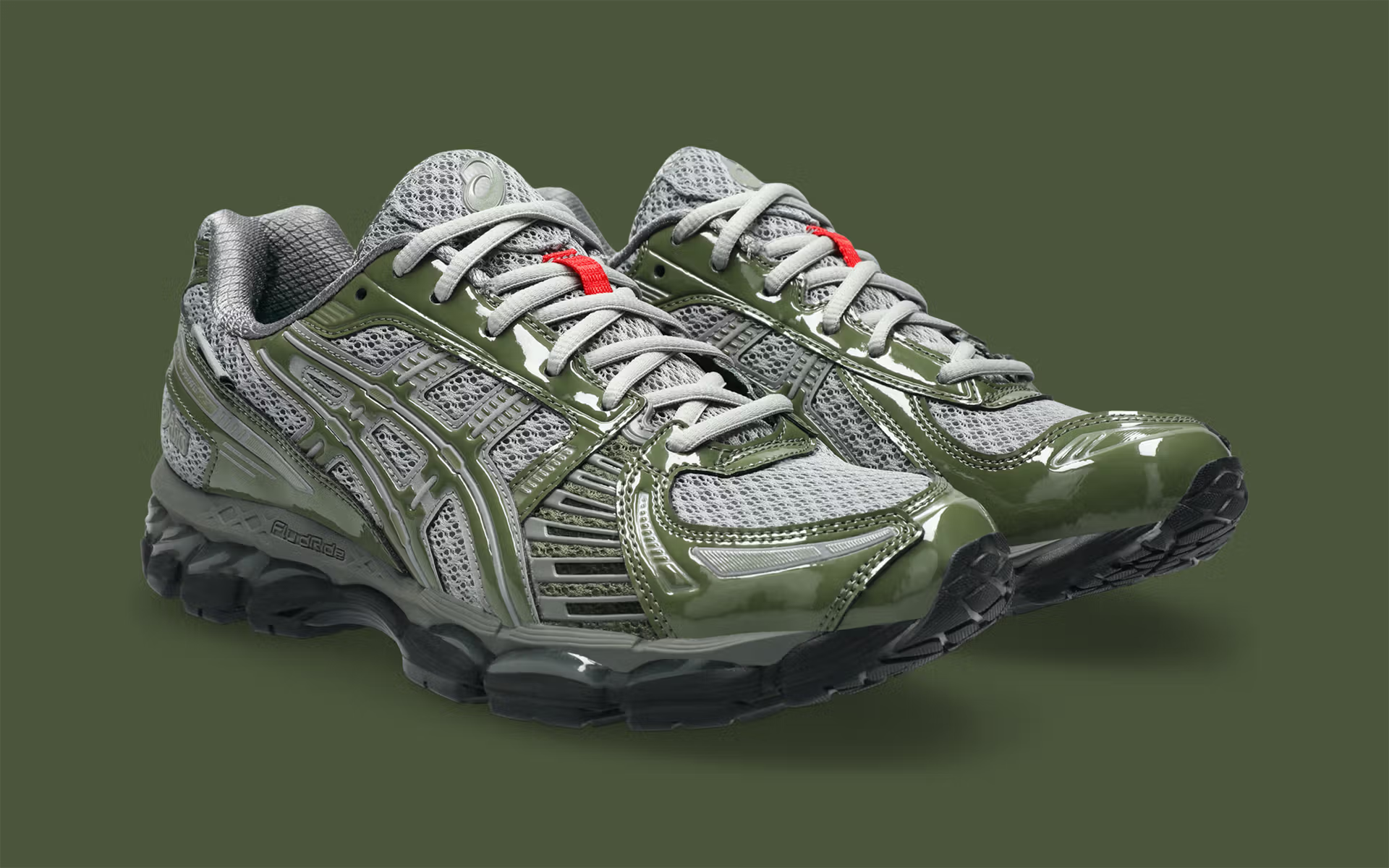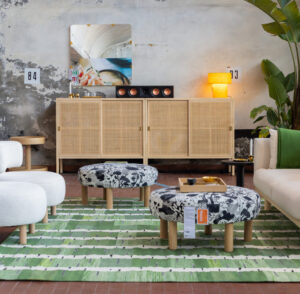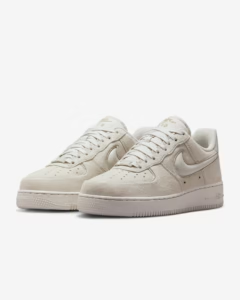When Nike first released the Air Force 1 in 1982, few could have predicted its future as both a fashion mainstay and cultural canvas. Over four decades later, the shoe continues to evolve — adapting to new generations, art movements, and design provocations. This October, the brand’s latest experiment is quite literally stirring up a buzz. The Nike Air Force 1 Low “Houseflies” reimagines the timeless silhouette with surreal, photo-realistic fly graphics crawling across its pristine white frame. It’s strange, witty, and deeply self-aware — the kind of drop that turns heads and divides opinions before it even hits shelves.
A Surreal Twist on a Streetwear Icon
On paper, the concept sounds absurd: take one of Nike’s cleanest and most universally loved shoes and “infest” it with flies. Yet, that’s exactly what makes this release compelling. The Air Force 1 has always been a symbol of freshness — the pure white pair immortalized in hip-hop lyrics and streetwear lore.
The “Houseflies” edition features a Summit White leather upper, traditional perforated toe box, and signature AF1 midsole construction. The clean palette acts as a canvas for dozens of 3D-printed and embroidered fly illustrations, positioned across the upper, heel, and outsole. The detailing is almost grotesque in its realism — each insect rendered in sharp contrast against the immaculate white backdrop.
Underfoot, a translucent rubber outsole hides more printed fly silhouettes beneath the surface, a subtle callback to Nike’s knack for layered storytelling. A special lace dubrae, metallic with the word “FLY” engraved, completes the concept. It’s playful yet unsettling, like a designer parody of cleanliness — a wearable art piece masquerading as a sneaker.
Nike’s Return to Conceptual Experimentation
In recent years, Nike’s design team has oscillated between nostalgia-driven retros and futuristic minimalism. But the “Houseflies” release recalls the brand’s more daring phase — when shoes like the “What The” Dunks, “Inside Out” Air Maxes, or the “Skeleton” AF1s challenged visual conventions.
This drop feels like a statement against safe design. Instead of producing another tonal variation or heritage colorway, Nike leans into surrealist storytelling — something more often found in fashion houses like Maison Margiela or Vetements. The idea of a shoe intentionally “defaced” by flies borders on satire, mocking our obsession with spotless footwear and the anxiety of keeping sneakers perfectly clean.
It’s meta-design in motion: an ironic commentary on sneaker culture itself. The shoe that once symbolized purity now arrives covered in the very thing most sneakerheads dread — dirt, imperfection, chaos.
Culture
Every great sneaker tells a story beyond its surface. The “Houseflies” concept entertains on dualities — cleanliness versus contamination, attraction versus repulsion. The fly, as a motif, is loaded with symbolism. In literature and visual art, it has represented decay, attention, and transformation. By bringing it to shoe design, Nike invites the wearer to confront their own notions of beauty and uniqueness.
It’s not the first time Nike has flirted with discomfort. The brand’s connections with artists and collectives — from Tom Sachs’ utilitarian Mars Yard series to Virgil Abloh’s deconstructivist Off-White projects — have all pushed the boundaries of what a shoe can say. But where those explored craftsmanship and innovation, the “Houseflies” dives into psychological territory.
In that sense, the shoe is both an art object and a cultural experiment. It embodies the essence of “wearable commentary,” making its owner complicit in the spectacle of style.
Flow
If one thing’s certain, Nike knows how to design for the digital age. The “Houseflies” AF1 was born to go viral. Its shock value translates perfectly to TikTok unboxings, Instagram Reels, and sneaker-review YouTube thumbnails. Each pair practically demands a macro shot: the glint of a fly wing against tumbled leather, the shadow it casts on the white upper.
Even before its official release, posts under hashtags like #NikeHouseflies and #AF1Houseflies have generated thousands of interactions. Sneaker blogs and influencers have called it “the weirdest AF1 ever made” — which, in the algorithmic marketplace of hype, is high praise.
Nike’s ability to create products that provoke reaction, not just desire, keeps its dominance intact. The “Houseflies” proves that even after 40 years, the Air Force 1 can still surprise its audience — a balance few silhouettes achieve without feeling forced.
No comments yet.

